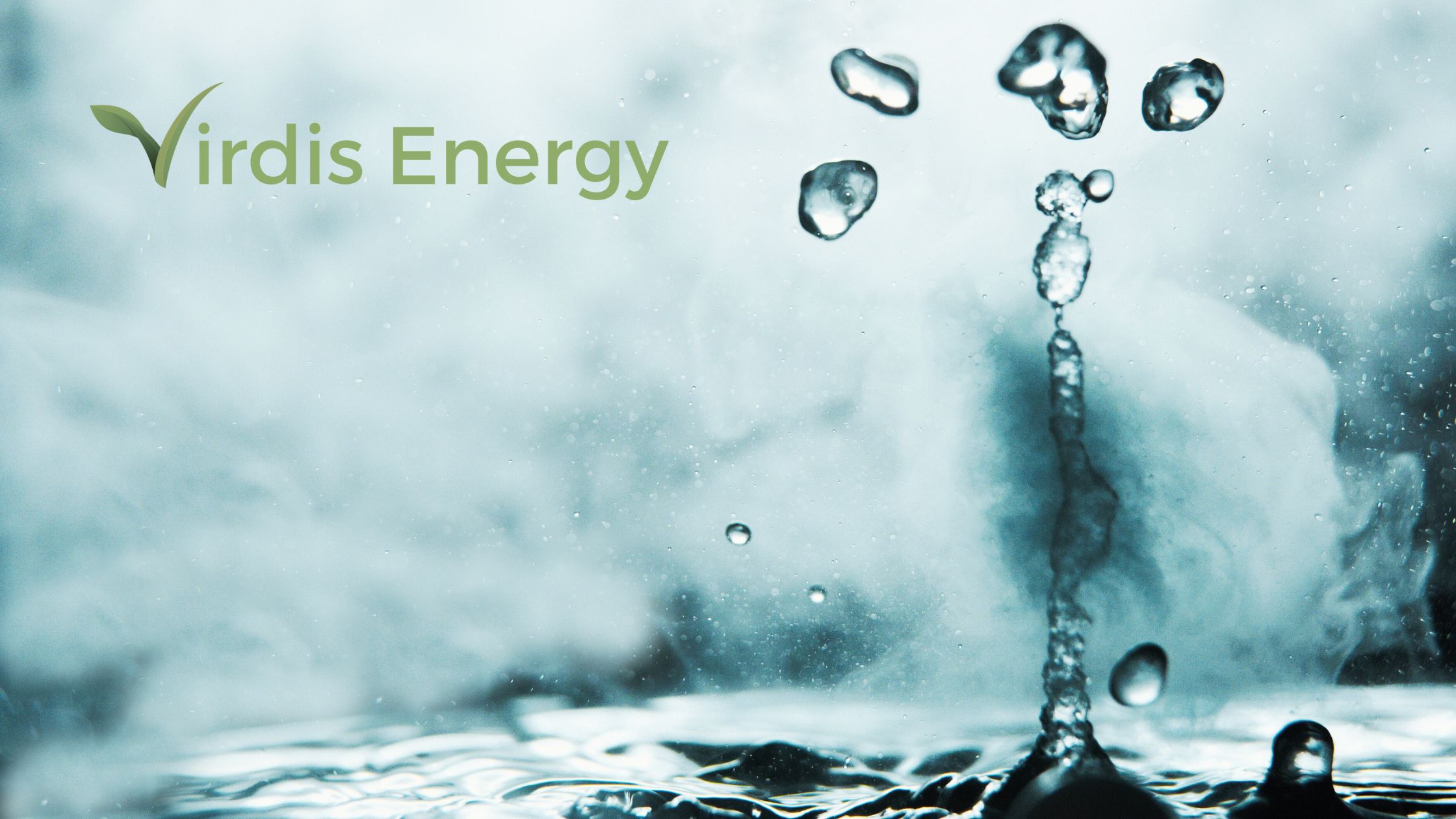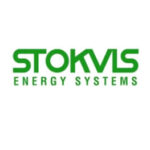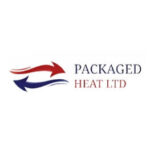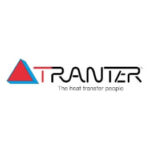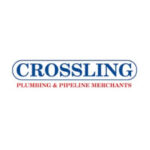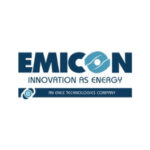Choose the Right Heat Exchanger for Food Processing: A Comprehensive Guide
When it comes to Right Heat Exchanger for Food Processing, selecting the right heat exchanger is crucial for ensuring efficient, safe, and cost-effective operations. This article will guide you through the complexities of choosing the ideal heat exchanger for your needs, exploring different types, applications, and considerations to help you make an informed decision. Whether you are a food processing professional or someone interested in the field, understanding these factors is essential for optimizing your processes and achieving the best results.
Article Outline
- What is a Heat Exchanger?
- Why is Choosing the Right Heat Exchanger Important?
- Types of Heat Exchangers for Food Processing
- How to Choose the Right Heat Exchanger for Your Application
- Understanding Fluid Properties and Their Impact
- Common Issues: Fouling and How to Prevent It
- Efficiency Considerations: Heat Transfer and Energy Efficiency
- Special Considerations for Highly Viscous and Challenging Applications
- Comparing Plate Heat Exchangers and Tube Heat Exchangers
- Key Factors in the Heat Exchanger Selection Process
What is a Heat Exchanger?
A heat exchanger is a device designed to transfer heat from one fluid to another, without the fluids coming into direct contact. They are used extensively in various industries, including food processing, to manage heating or cooling processes efficiently. Heat exchangers consist of different configurations, materials, and designs to suit specific needs and applications.
Why is Choosing the Right Heat Exchanger Important?
Selecting the right heat exchanger is critical because it directly impacts the efficiency, safety, and cost-effectiveness of your operations. The right heat exchanger can help you achieve optimal heat transfer, minimize energy consumption, and ensure product quality. Conversely, the wrong choice can lead to inefficiencies, increased costs, and potential safety hazards. For food processing, where hygiene and precise temperature control are paramount, choosing the appropriate heat exchanger is even more crucial.
Types of Heat Exchangers for Food Processing
What Types of Heat Exchangers Are Available?
There are several types of heat exchangers commonly used in food processing, each with unique advantages and applications:
- Plate Heat Exchangers: Known for their high heat transfer efficiency and compact size, plate heat exchangers are ideal for fluids with different viscosities and temperatures.
- Tube Heat Exchangers: These include shell and tube heat exchangers and multi-tube designs, offering robustness and versatility for various applications, particularly those involving high pressures and temperatures.
- Scraped Surface Heat Exchangers: Designed for highly viscous fluids and products prone to fouling, these exchangers feature a scraping mechanism to maintain efficient heat transfer.
What Are the Main Types of Heat Exchanger Designs?
The main types of heat exchanger designs used in food processing include:
- Gasketed Plate Heat Exchangers: Suitable for fluids requiring frequent cleaning and inspection.
- Shell and Tube Heat Exchangers: Ideal for high-pressure applications and those involving phase changes, such as condensing and evaporating fluids.
- Scraped Surface Heat Exchangers: Best suited for highly viscous fluids and those prone to fouling.
How to Choose the Right Heat Exchanger for Your Application
What Factors Should Be Considered in Heat Exchanger Selection?
Choosing the right heat exchanger depends on several factors, including:
- Fluid Properties: Viscosity, temperature, and fouling potential of the fluids being processed.
- Heat Transfer Requirements: Desired temperature change and heat transfer efficiency.
- Operating Conditions: Pressure, flow rate, and space constraints.
- Material Compatibility: Ensuring the heat exchanger materials are compatible with the process fluids to avoid contamination and corrosion.
How Do Different Heat Exchanger Types Compare?
- Plate Heat Exchangers: Offer high efficiency and are compact, making them suitable for space-limited installations and applications requiring frequent maintenance.
- Tube Heat Exchangers: More robust and capable of handling higher pressures and temperatures, making them suitable for more demanding applications.
- Scraped Surface Heat Exchangers: Specifically designed for highly viscous and fouling-prone fluids, ensuring consistent heat transfer and easy maintenance.
Understanding Fluid Properties and Their Impact
Why Do Fluid Properties Matter?
The properties of the fluids being processed play a significant role in heat exchanger selection. Factors such as viscosity, temperature, and fouling potential can affect the efficiency and longevity of the heat exchanger.
How Do Viscosity and Fouling Affect Heat Exchanger Performance?
- Viscosity: Highly viscous fluids require heat exchangers designed to handle increased resistance to flow, such as scraped surface heat exchangers.
- Fouling: Fluids prone to fouling can reduce heat transfer efficiency and increase maintenance needs. Choosing a heat exchanger with anti-fouling features can help mitigate these issues.
Common Issues: Fouling and How to Prevent It
What is Fouling and Why is it a Problem?
Fouling refers to the accumulation of unwanted materials on the heat transfer surfaces, which can significantly reduce the efficiency of the heat exchanger. Common fouling agents include scale, biological growth, and particulate matter.
How Can Fouling Be Prevented?
- Regular Cleaning and Maintenance: Ensuring routine cleaning schedules can prevent buildup.
- Selecting the Right Heat Exchanger: Using designs such as scraped surface heat exchangers for fouling-prone fluids can help maintain efficiency.
- Optimizing Operating Conditions: Maintaining appropriate flow rates and temperatures to minimize fouling potential.
Efficiency Considerations: Heat Transfer and Energy Efficiency
How to Maximize Heat Transfer Efficiency?
- Selecting the Appropriate Design: Choosing a heat exchanger with a large heat transfer area, such as a plate heat exchanger, can enhance efficiency.
- Optimizing Flow Rates: Ensuring the fluid flow is optimal for the heat exchanger design can improve heat transfer.
What Role Does Energy Efficiency Play?
Energy efficiency is critical in reducing operational costs and environmental impact. By selecting a heat exchanger with high heat transfer efficiency, such as a plate heat exchanger, you can minimize energy consumption and improve overall process efficiency.
Special Considerations for Highly Viscous and Challenging Applications
What Challenges Do Highly Viscous Fluids Present?
Highly viscous fluids are more difficult to process due to their resistance to flow and tendency to foul. This requires specialized heat exchanger designs to ensure efficient heat transfer and easy maintenance.
What Solutions Are Available for These Applications?
- Scraped Surface Heat Exchangers: These are specifically designed for highly viscous fluids, featuring a scraping mechanism to maintain efficient heat transfer.
- Custom Solutions: Working with manufacturers to develop bespoke heat exchanger designs tailored to specific challenging applications.
Comparing Plate Heat Exchangers and Tube Heat Exchangers
What Are the Key Differences Between Plate and Tube Heat Exchangers?
- Plate Heat Exchangers: Known for their high heat transfer efficiency and compact size, suitable for applications with space constraints and frequent maintenance needs.
- Tube Heat Exchangers: More robust and versatile, capable of handling higher pressures and temperatures, making them ideal for demanding applications.
Which Exchanger Type is Best for Specific Applications?
- Plate Heat Exchangers: Best suited for low to medium pressure applications with moderate temperature changes and space limitations.
- Tube Heat Exchangers: Ideal for high-pressure and high-temperature applications, or where robustness is a key requirement.
Key Factors in the Heat Exchanger Selection Process
What Should Be Considered During the Selection Process?
- Application Requirements: Understanding the specific needs of the application, such as temperature change, flow rate, and pressure.
- Fluid Characteristics: Considering the viscosity, fouling potential, and compatibility with heat exchanger materials.
- Maintenance and Cleaning: Selecting a design that allows for easy maintenance and cleaning to ensure long-term efficiency.
- Energy Efficiency: Choosing a heat exchanger that maximizes heat transfer efficiency to reduce energy consumption and operational costs.
How to Make an Informed Decision?
- Consult with Experts: Working with heat exchanger manufacturers and industry experts to ensure the selected heat exchanger meets all application requirements.
- Evaluate Multiple Options: Comparing different heat exchanger types and designs to find the best fit for the specific application.
Summary
Choosing the right heat exchanger for food processing involves considering various factors such as fluid properties, operating conditions, and specific application requirements. Here’s a summary of the key points:
- Understand the Different Types of Heat Exchangers: Plate, tube, and scraped surface heat exchangers each have unique advantages.
- Consider Fluid Properties: Viscosity and fouling potential are critical in selecting the appropriate heat exchanger.
- Focus on Efficiency: High heat transfer efficiency and energy efficiency are essential for cost-effective operations.
- Address Maintenance Needs: Easy maintenance and cleaning are crucial for long-term performance.
- Consult Experts: Professional guidance can help ensure the selected heat exchanger meets all requirements.
For more information on heat exchangers and their applications in food processing, visit Virdis Energy.



